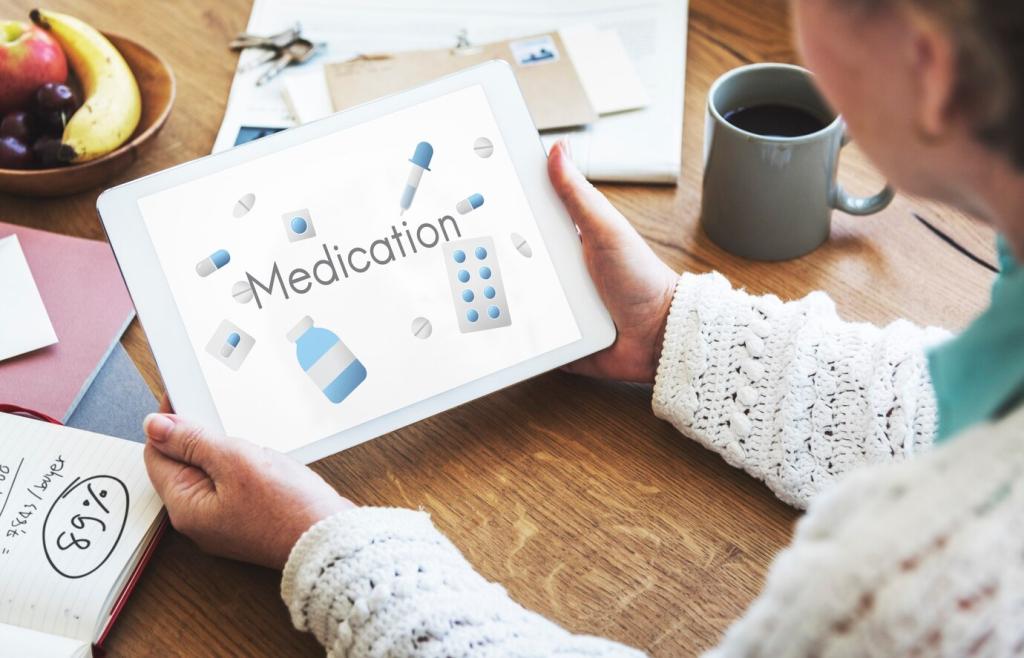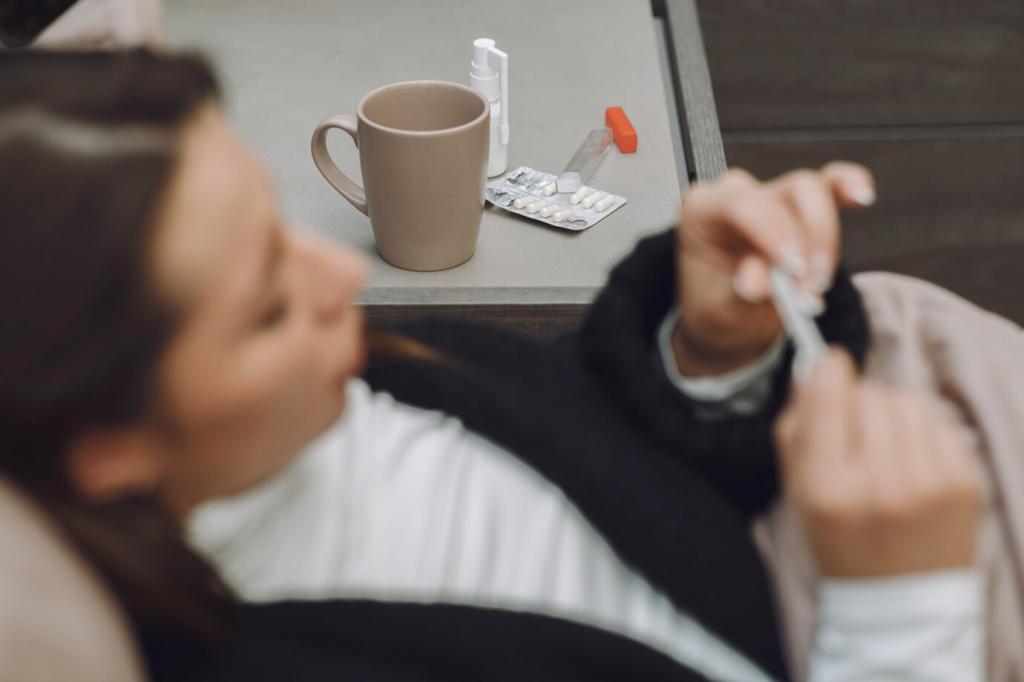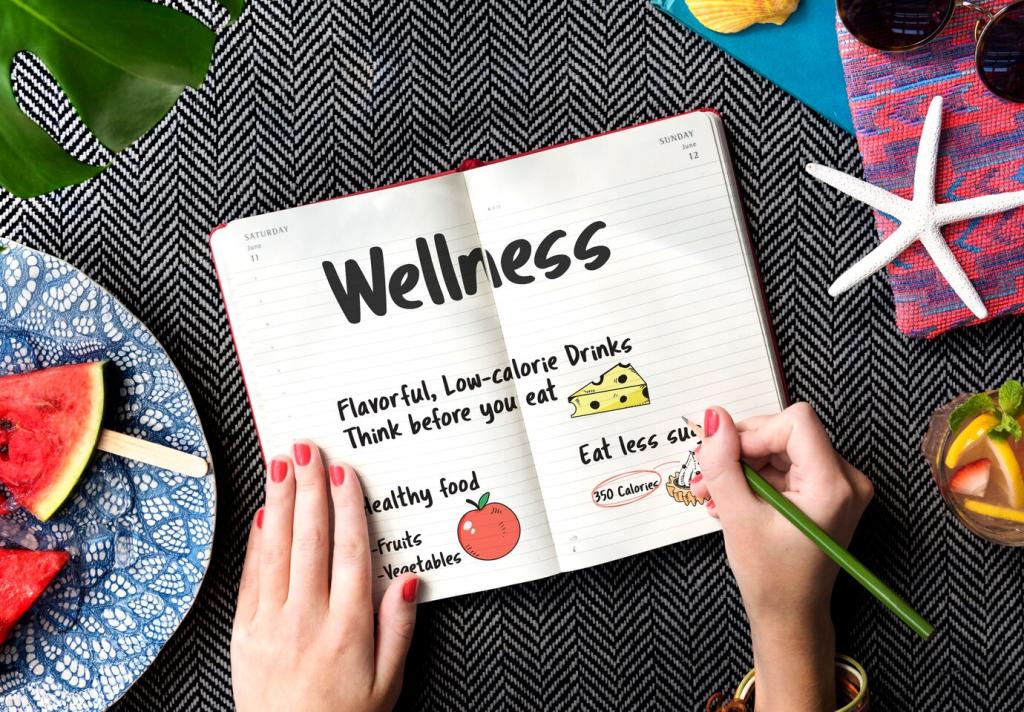Unlock Your Feelings Through Creative Art
Why Emotional Expression Thrives in Art Therapy
From Numb to Notice: Naming Feelings with Color
Choose a palette that matches your current mood, then assign each color a feeling word. As you paint swatches, notice subtle shifts. This small ritual helps nervous systems thaw. Comment with your color map and what surprised you most today.
Regulation Before Revelation: Breath, Pace, and Gentle Starts
Before creating, take three slow breaths and set a tiny intention, like drawing for five minutes. Regulated bodies welcome honest expression. Keep water nearby, stretch your shoulders, and promise yourself kindness. Save this step and tell us which calming practice works best.
Story: The Day a Storm Painting Became a Conversation
One client layered charcoal clouds over blue acrylic, unsure why tears followed. Naming the cloud edges as anxiety loosened their chest. The painting opened a real talk with a friend that words alone had avoided. Share your own storm-to-clarity moment below.
Preparing Your Creative Sanctuary
Materials That Invite, Not Intimidate
Start with accessible tools: chunky crayons, watercolor pans, glue stick, scrap papers. Low-stakes materials reduce fear of mistakes. Keep a small trash bag and a comfort object nearby. Post a picture of your setup and tag your top three gentle go-to tools.
A Ritual to Begin and End
Light a candle, set a timer, and choose a grounding word like ‘steadily’ or ‘softly.’ When you finish, close with a simple bow to your page. Rituals signal safety and closure. Try it tonight and share your opening and closing words with us.
Music, Light, and Sensory Grounding
Soft lighting and slow instrumentals calm the body; brighter light and upbeat rhythms can energize expression. Keep a textured cloth or smooth stone to hold when emotions surge. Experiment this week and comment which sensory combination helps you feel most present.

Emotion Gradient Scales
Draw a bar that shifts from pale to saturated color. Label each segment with a nuanced feeling word. This teaches that emotions have intensity levels. Repeat weekly, then compare changes over time. Share a snapshot of your gradient and any new words you discovered.

Two-Handed Dialogue Drawing
Place a marker in each hand. Let your dominant hand speak a fear while your non-dominant hand responds with shapes. Bilateral drawing can integrate perspectives and soften inner conflict. Try three rounds and tell us which hand surprised you with its wisdom.

Mood Landscapes
Paint your current emotion as a landscape—craggy cliffs, foggy marsh, or sunlit field. Add a small path to symbolize choice. Landscapes reveal distance, hope, or overwhelm. Post your scene and one sentence about the path you’re willing to take this week.
Collage and Mixed Media for Layered Feelings
Tear images without scissors to embrace imperfect edges. Arrange pieces until an honest theme emerges, then glue slowly. Whisper, “This belongs.” Collage trains compassionate witnessing. Share your title for today’s collage and what piece felt hardest to place—and how you decided.
Collage and Mixed Media for Layered Feelings
Collect textures—burlap, foil, tissue, leaves—and adhere them under a thin paint wash. Rough textures can hold frustration; soft fibers cradle tenderness. Notice which textures calm or energize you. Comment your favorite texture pairing and the feeling it holds safely for you.
Collage and Mixed Media for Layered Feelings
Cut words from magazines, gather phrases, and arrange a short poem around your image. Let the poem say what’s hard to speak aloud. Seal with matte medium. Read it softly to yourself, then share a line in the comments to encourage another reader.
Embodied Mark-Making and Movement

Tape paper to a wall or floor. Using charcoal or a thick brush, make sweeping lines that match your breath. Let shoulders lead. Notice when lines soften or sharpen. Afterward, circle your calmest area and comment where your body felt most relief today.
Visual Journaling and Narrative Healing
Divide a circle into wedges for emotions like calm, grief, anger, hope. Shade sections to represent intensity each day, then add a tiny symbol. Over time patterns appear. Post your wheel’s biggest surprise and any small adjustment you’ll test tomorrow.


This is the heading
Lorem ipsum dolor sit amet, consectetur adipiscing elit. Ut elit tellus, luctus nec ullamcorper mattis, pulvinar dapibus leo.

This is the heading
Lorem ipsum dolor sit amet, consectetur adipiscing elit. Ut elit tellus, luctus nec ullamcorper mattis, pulvinar dapibus leo.
Tracking Progress and Sustaining Practice
Create two index cards each session: one word and color before, one after. Date them, store on a ring, and review monthly. Watching shifts builds confidence. Share a pair of words that surprised you most and what supported that change in you.
Tracking Progress and Sustaining Practice
Choose a monthly theme—trust, grief, joy, boundaries—and dedicate four short activities to it. Themes reduce decision fatigue and build depth. Invite a friend for accountability. Comment your next theme and tag someone who might enjoy exploring it alongside you.


